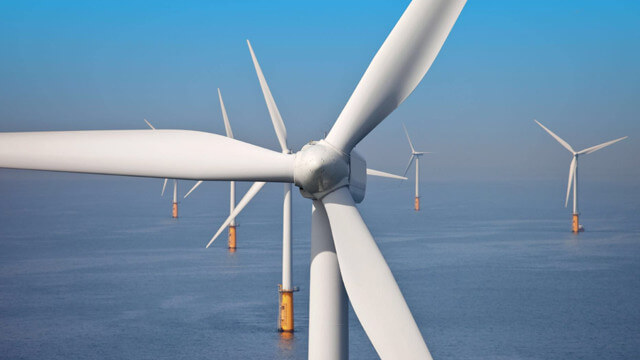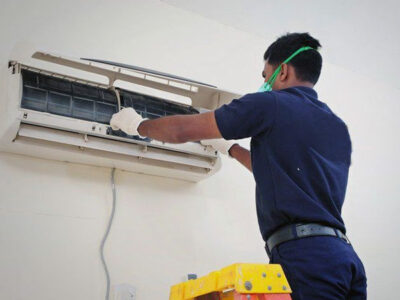A wind turbine is a device that converts the kinetic energy of wind into electrical energy. The most common type of wind turbine is the horizontal-axis turbine, which has a large rotor with blades that spin around a central shaft. When the wind blows, the blades turn and rotate the shaft, which drives a generator that produces electricity. Wind turbines can be used to generate electricity for a single home or a large power grid. Small turbines are typically used for offshore applications, while larger turbines are used onshore. There are many different types of wind turbines, but all work by harnessing the power of the wind to generate electricity.
Construction of a wind turbine
The construction of a wind turbine typically begins with the assembly of the tower. The tower is usually made from steel or concrete, and it must be tall enough to allow the blades to reach high into the air where the wind is strongest. Once the tower is in place, the next step is to install the nacelle, which houses the turbine’s main components. The nacelle is mounted on top of the tower, and it contains the gearbox, generator, and other key parts. Once the nacelle is in place, the blades can be installed. The blades are attached to the rotor hub, and they are designed to catch the wind and spin the rotor. Finally, once all of the major components are in place, the turbine can be connected to an electric grid and put into operation.
The benefits of using wind turbines
While wind turbines have been around for centuries, their use has only become widespread in the last few decades. Today, wind turbines are used to generate electricity all over the world. They are a clean and renewable source of energy, and their use has many benefits. First, wind turbines do not produce any pollution. Second, they are a renewable resource, meaning that they will never run out. Third, they are becoming increasingly efficient, with newer models able to generate more electricity with less wind. Finally, wind power is becoming increasingly cost-competitive with other forms of energy. As a result, more and more countries are turning to wind power to meet their energy needs.
Different types of wind turbines
As mentioned, wind turbines come in a variety of shapes and sizes, but they all work on the same principle. When the wind blows, it causes the blades of the turbine to spin. This motion is used to generate electricity, which can then be used to power homes and businesses. The most common type of turbine is the horizontal-axis turbine, which has blades that are parallel to the ground. These turbines are typically large and operate at high speeds, making them ideal for generating electricity. However, they can also be loud and require a lot of lands to operate. Vertical-axis turbines are another option, and these have blades that are perpendicular to the ground. They tend to be smaller and quieter than horizontal-axis turbines, making them more suitable for residential areas. There are also a variety of offshore wind turbines, which are designed to withstand harsh conditions at sea. Whatever the type, wind turbines are an important source of renewable energy that can help us reduce our reliance on fossil fuels.
How to choose the right wind turbine for your needs
When it comes to generating renewable energy, wind turbines are a popular option. Not only are they relatively low-cost and easy to maintain, but they can also be highly effective in locations with strong winds. However, choosing the right wind turbine is not always a simple task. There are several factors to consider, such as the size of the turbine, the amount of electricity you need to generate, and the wind conditions in your area. With so many options on the market, it can be difficult to know where to start.
To narrow down your choices, begin by determining the amount of electricity you need to generate. Smaller turbines are suitable for households or businesses that only require a small amount of power, while larger turbines are better suited for commercial or industrial applications. Once you have an idea of the size of the turbine you need, you can start to compare models based on their features and specifications. Pay close attention to the rotor diameter and blades, as these will have a direct impact on the amount of power the turbine can generate. It is also important to consider the warranty and service agreement, as this will ensure that you have adequate support if something goes wrong. By taking these factors into account, you can be sure to choose the best wind turbine for your needs.
Installation of a wind turbine in your home
Installing a wind turbine in your home can be a great way to reduce your carbon footprint and save on energy costs. However, it’s important to understand the process before you get started. First, you’ll need to consult with your local planning department to make sure that installing a wind turbine is allowed in your area. Once you have the go-ahead, you’ll need to purchase a turbine and have it delivered to your property. Next, you’ll need to install the tower, which will require some heavy lifting. Finally, you’ll need to connect the turbine to your home’s electrical system. With a little planning and effort, you can soon be generating your own clean energy.











Comments